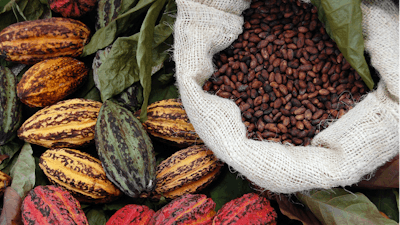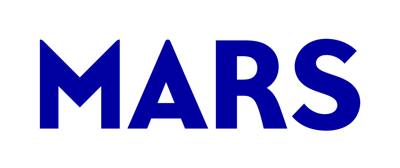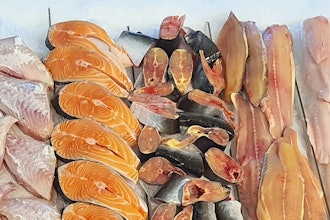
Since the launch of our Cocoa for Generations strategy in 2018, Mars Wrigley has accelerated its efforts to source cocoa from farms that are putting in place measures aimed at protecting children, preserving forests and improving farmer income as part of our Responsible Cocoa program which sets out for suppliers our requirements for the cocoa we source. Knowing the farmer groups and farms that supply the cocoa we source is fundamental to these efforts — especially our aim to achieve a deforestation-free supply chain for cocoa we source by 2025.

That’s where traceability comes in. In 2019, for the first time, we reported how much of the cocoa we source was traceable to a country of origin, to a farmer group within that country, and to the individual farms supplying that farmer group. For full transparency, we also published a list of the tier-1 suppliers we source cocoa from.
Building on that, we are now pleased to report our progress since then. Our aim is for all the cocoa we source to be traceable from the farmer to the first point of purchase (the farmer organization, cooperative, or licensed buying company our suppliers buy from) by 2025.
Tracing More Than 350,000 Family Farms
Knowing each farm’s location and boundary, and which farmer organization the farmer sells their cocoa to, helps us to identify where our cocoa comes from. This is essential to delivering on our ambition of a deforestation-free supply chain for cocoa we source. As part of our Responsible Cocoa program, we expect our suppliers to go above and beyond providing a typical, single Global Positioning System (GPS) point on a map. GPS polygons allow tracing of the entire boundary of each farm to verify the cocoa bought is grown within those boundaries and not in any nearby protected forests.
It’s a big job to trace more than 350,000 farm plots in 13 countries, often in places with no roads, formal property boundaries or on-line land records. However, it is worth the effort because tracing the farm boundary in addition to the GPS position gives us a better view of where the farm is and how close it could be to a protected forest. We can then use the boundary map alongside risk assessments and the country’s deforestation action plans to guide any further actions.
Based on data from our cocoa suppliers, we had made great progress by the end of 2019, with one third of the farms in our supply chain now mapped:
 Data calculated on crop year for West Africa / calendar year for South-East Asia and Latin America
Data calculated on crop year for West Africa / calendar year for South-East Asia and Latin America
Commenting on the disclosure, Global Cocoa Vice President at Mars Wrigley John Ament said: “Sharing where and who we source our cocoa from gives consumers, customers, governments and other stakeholders as well as our Associates the confidence we are tracking where our cocoa comes from and the conditions under which it is grown. By doing so, our chocolate products continue to live up to our Mars Wrigley Purpose to Create Better Moments To Make The World Smile."
We are proud of our progress, but it doesn’t stop here. In collaboration with our tier-1 suppliers, we are now for the first time publicly sharing an interactive map showing the names, locations and total number of farmers in each farmer group from which we sourced cocoa in the 2018/2019 crop year as part of our Responsible Cocoa program. We will update this regularly as we advance toward our goal of a 100% deforestation-free supply chain for cocoa we source by 2025.
Interactive Map of Farmer Groups that are part of Mars’ Responsible Cocoa Program
This information will be regularly updated after the end of each crop year.
1 Country of origin and supplier volumes fluctuate regularly. This information is based on market data, reports from suppliers and agreements with suppliers. Mars sources cocoa via the mass balance approach, where all the cocoa we source under this approach corresponds with the cocoa produced by farmers in our Responsible Cocoa programs. Cocoa from farmers in these programs can be physically traced from the farmer to the first point of purchase.
2 Based on reports from suppliers.
3 Based on reports from suppliers.






















